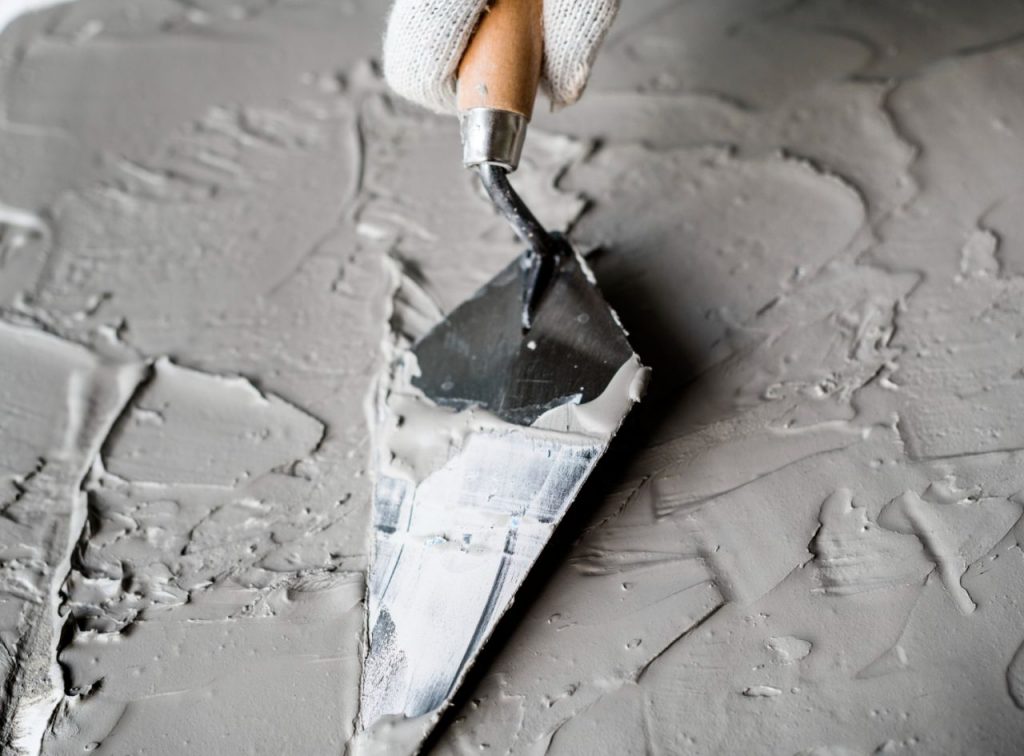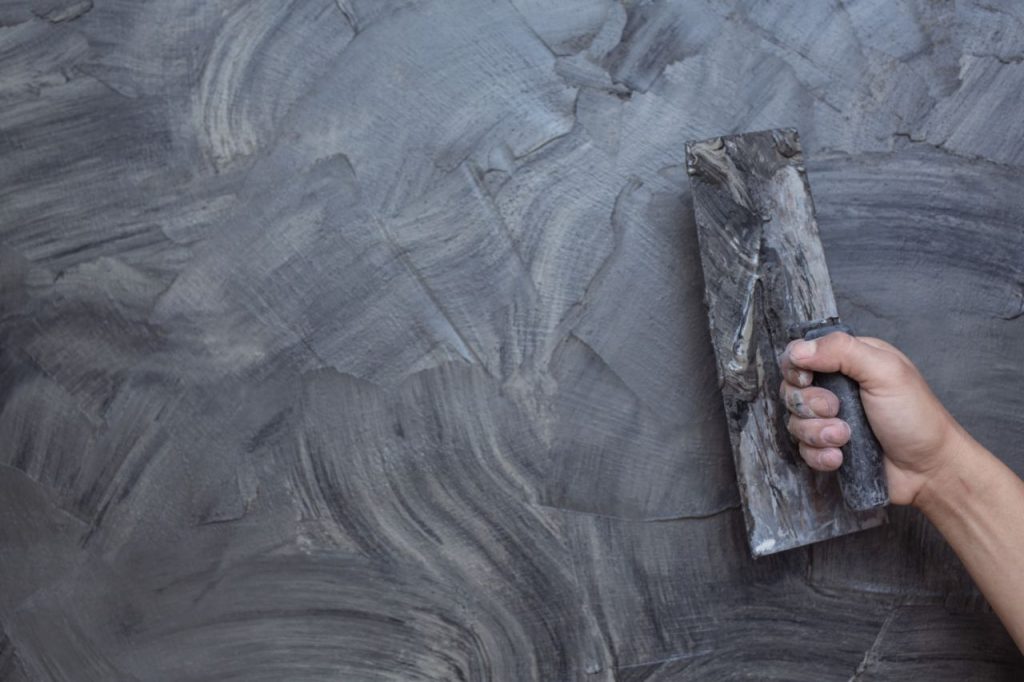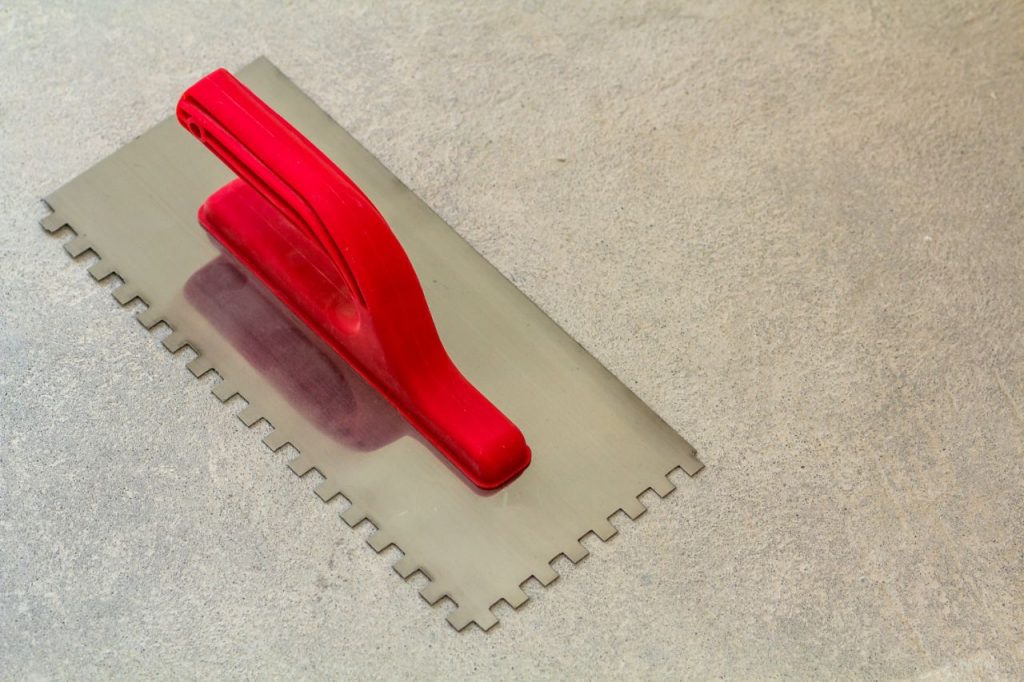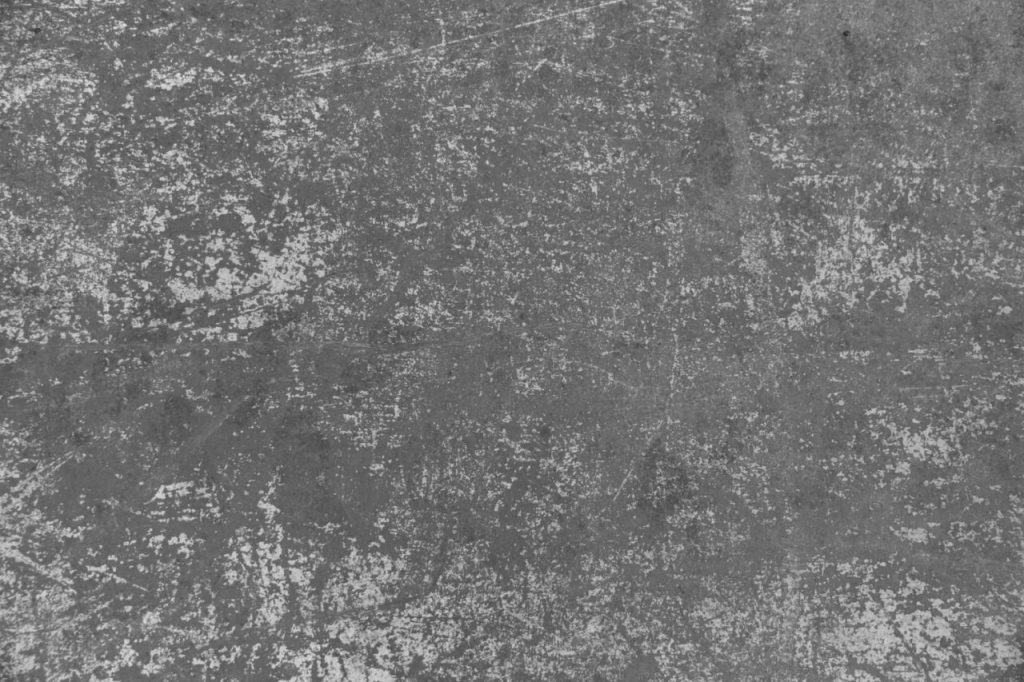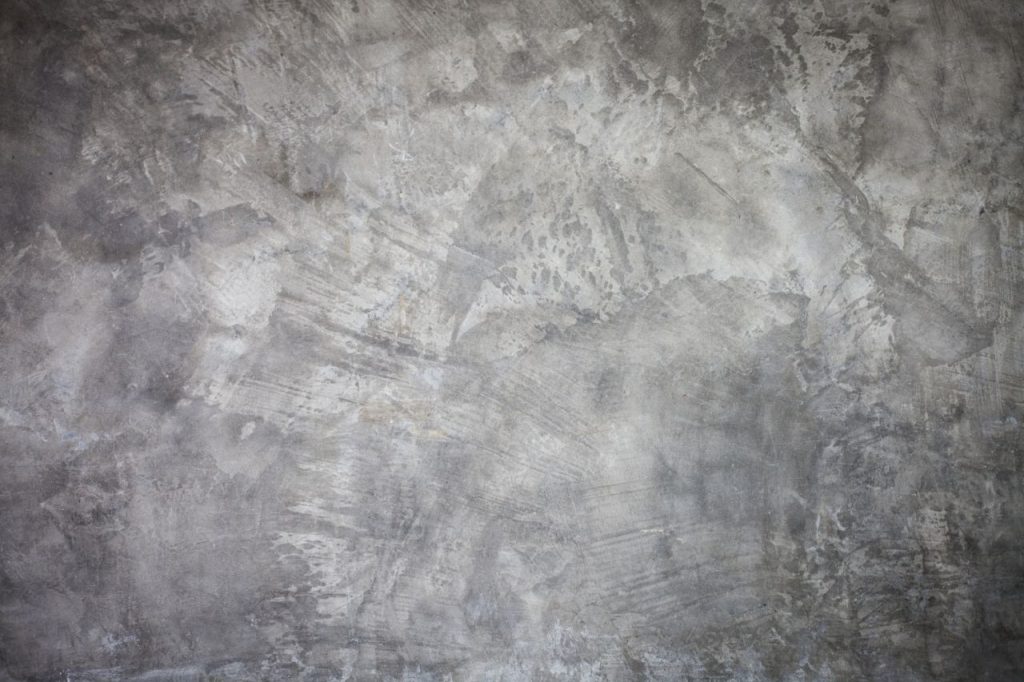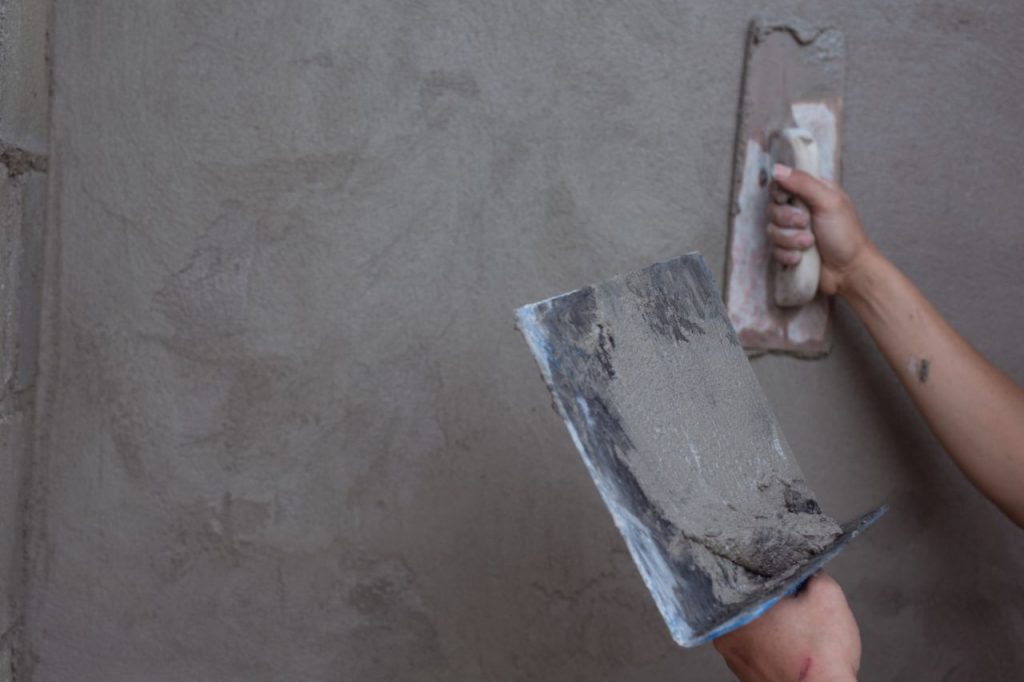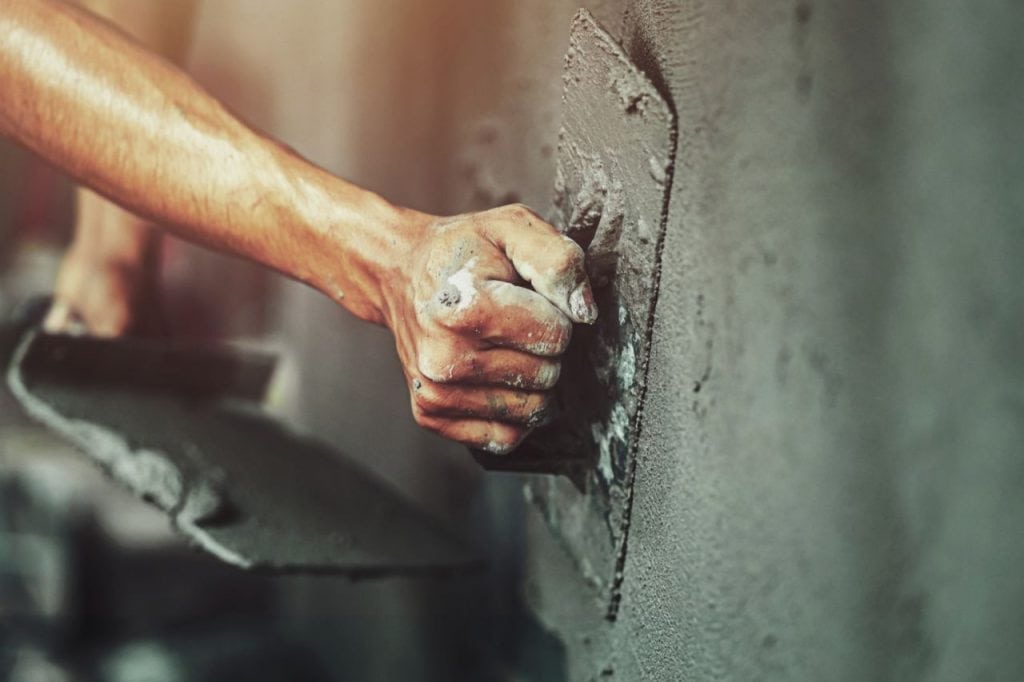Have you had enough of the old, labour-intensive way of plastering your walls and ceilings? Do you know what airless spray plastering is, or are you just curious? Stop searching now that you've found this post; it has all you need to know about airless spray plastering.
The efficiency, speed, and high-quality finish of this novel plastering technique have contributed to its rise in popularity in recent years. In this piece, we'll define airless spray plastering, describe how it's applied, and highlight its advantages over more conventional techniques.
Read on if you're a homeowner planning a remodel or a plasterer in the trade who's curious about this innovative method.
What is Airless Spray Plastering?
In recent years, airless spray plastering has risen in popularity as a modern method for laying plaster because of its speed, efficiency, and high-quality finish. Airless spray plastering applies dry plaster mix directly to the surface through a spray gun, as opposed to trowelling on wet plaster. Plaster can be applied more quickly and uniformly, and the resulting surface can be sanded and touched up less frequently thanks to this method.
The first airless spray guns were developed in the 1920s for the purpose of painting, marking, and decorating various surfaces. This method gradually replaced others as the standard approach to painting ceilings, walls, and even automobiles.
Plaster could now be applied as quickly and easily as paint thanks to the invention of airless spray plastering equipment in the 1950s. Unfortunately, these early machines were cumbersome and only practical for massive industrial endeavours because of their size and weight.
Airless spray plastering didn't catch on in the home market until the 1990s, when more manageable models became available. These machines were great for smaller and medium-sized plastering jobs including home repairs, touch-ups, and restorations because of their portability, ease of use, and lightweight.
The use of airless spray plastering is on the rise nowadays, both among professionals and do-it-yourselfers. The decrease in price, increased dependability, and superior performance of the equipment are all factors in this trend. It's also because airless spray plastering has many advantages over more conventional techniques.
Do Plastering Companies Offer Airless Spray Plastering?
Airless spray plastering is a service offered by many businesses in the plastering industry. Unfortunately, not all businesses can offer airless spray plastering due to a lack of necessary resources; before hiring, it is vital to confirm that they do in fact provide this service.
Finding a plastering firm that offers airless spray plastering may be a good starting point for your search. This might help verify that the organisation is well-equipped to handle this kind of plastering.
You should also enquire about references or examples of the company's prior airless spray plastering projects. This might help you evaluate their level of expertise and decide if they are the best fit for your project.
While some companies may not offer airless spray plastering, doing some research and reaching out to local businesses should help you locate one that does.
What is the difference between Traditional and Airless Spray Plastering?
Plaster can be applied to walls and ceilings using either the conventional trowel method or the more modern airless spray method. Both methods are capable of producing a polished result, but there are important distinctions between them.
Plastering with traditional methods and airless spray plastering differ primarily in how the material is applied. Plastering is traditionally done by trowelling wet plaster onto the surface and letting it dry in between coats. It takes time and a trained plasterer to get a good, even coat of plaster.
In contrast, dried plaster mix is sprayed onto a surface using an airless spray plastering cannon. As the plaster only needs to be placed once, this method is much quicker and more effective than the conventional method. While the spray gun can facilitate the proper distribution of plaster, this method also necessitates less skill and experience.
Airless spray plastering generates much less dust and debris than conventional methods of plastering.
Wet plaster can readily come off the ceiling or walls during traditional plastering, creating additional cleanup afterwards. Airless spray plastering, on the other hand, is more efficient since the dry plaster mixture is sprayed directly onto the surface.
These approaches result in a different level of polish.
Conventional plastering can result in a very smooth and even finish, but only with the help of an experienced plasterer.
Airless spray plastering, on the other hand, can also provide a uniform surface thanks to the spray gun's facilitation of a consistent application of the material.
Yet, the final product of airless spray plastering may lack the precision and detail of more conventional methods.
Finally, traditional plastering and airless spray plastering have distinct drying times. It can take many days to finish a traditional plaster job since each layer must dry before the next can be put. Yet, since airless spray plastering only requires one application and dries rapidly, it speeds up the process significantly.
Pros and Cons of Airless Spray Plastering
Pros
- Time and money can be saved by using airless spray plastering instead of more conventional techniques of applying plaster.
- Plastering surfaces using a spray gun allows for a more uniform and polished end result.
- There is less potential for waste or plaster falling to the floor when using airless spray plastering because the dry plaster mix is put directly to the surface.
- There is less of a chance of wet plaster falling to the floor or other surfaces when using airless spray plastering, and the dry mix is easier to hold.
- Increased efficiency and shorter turnaround times are both possible thanks to airless spray plastering.
Cons
- Plastering using airless spray equipment requires specialised tools that might be expensive to buy or rent.
- The aesthetic possibilities for a project may be constrained by the fact that airless spray plastering may not provide as many texture options as traditional plastering.
- If a part of airless spray plastering is damaged, it might be difficult to restore it without obvious seams or irregularities because of the limited restoration alternatives available.
- Yet, there are some situations where airless spray plastering isn't the best option, such as in tight corners or other inaccessible spots.
- Labor costs may go up because of the need for professional workers; while airless spray plastering may require less expertise than traditional plastering, it still necessitates skilled labour to create a high-quality finish.
Faster application, a smoother finish, less waste, and increased productivity are just some of the potential benefits of airless spray plastering.
However, it also has several drawbacks, such as expensive equipment, few texturing options, few repair options, few application areas, and requiring specialised labour.
Plastering methods vary in their advantages and downsides, so it's vital to think about what the job requires before settling on one.
Is airless spray plaster suitable for all types of walls and ceilings?
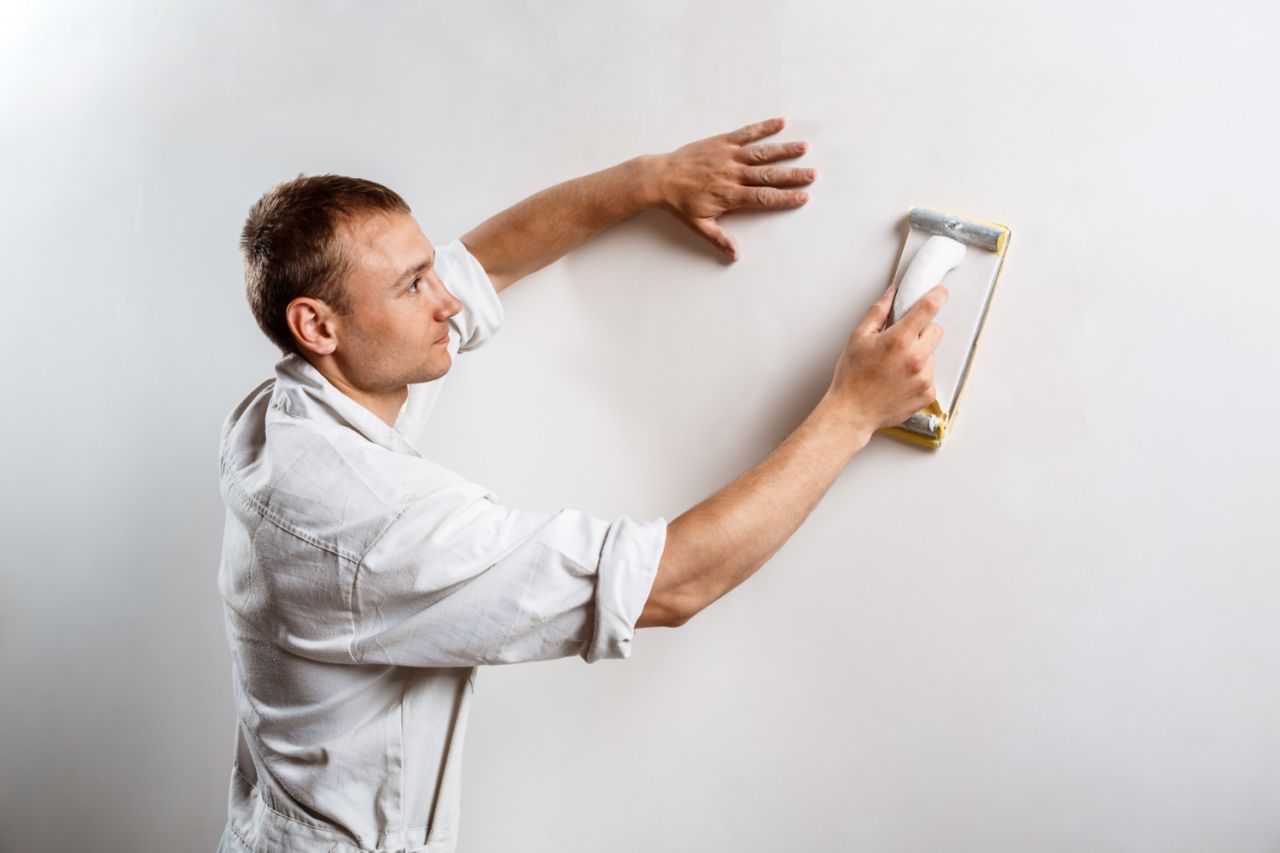
Depending on the surface's current condition and the plaster's material, airless spray plastering may not be suitable for all walls and ceilings.
Plastering a surface requires that it be free of dust and debris, and any big cracks or holes should be filled up beforehand. Before applying plaster, the surface may need to be sanded or primed if it has previously been painted. While using an airless spray plaster product, it is crucial to adhere to the manufacturer's guidelines.
Plaster mixes based on cement, lime, or gypsum can commonly be used in airless spray plastering, while other materials can be utilised as well. Still, you should check with the spray gun's manufacturer to see if the material you plan to use is compatible with airless spray application.
It's also worth noting that traditional plastering methods may be better suited to some regions, such as tight corners or out-of-the-way spots, than airless spray plastering. Furthermore, airless spray plastering may not be appropriate for some surfaces, including those with a high degree of roughness or those that are curved.
Although most walls and ceilings are suitable for airless spray plastering, there are certain exceptions depending on the surface's condition and the substance being used, so it's best to check with the manufacturer and do what they say.
Why don't some experts use airless spray plaster?
Some professionals may avoid using airless spray plastering for several reasons. Possible causes include the following:
Lack of experience or familiarity
Some professionals may be unfamiliar with airless spray plastering and hence opt to use more conventional plastering techniques.
Texture limitations
There may be fewer possibilities for the overall look of a project when using airless spray plastering instead of more conventional plastering techniques. Plastering by hand can produce a wider variety of textures, which may be preferred by some professionals.
Equipment costs
It's not cheap to buy or rent the specialist equipment needed for airless spray plastering. It's possible that some specialists lack the appropriate tools or are unwilling to pay for them.
Skilled labour requirements
A high-quality finish can only be achieved with competent work, and while airless spray plastering may require less skill than traditional plastering, it still does require talent. Plastering the old-fashioned way may be preferred by experts so that they can have more control over how much plaster is used.
Material limitations
Some specialists may prefer using more conventional plastering techniques that may work with a larger variety of materials than those required for airless spray application.
Ultimately, there is no foolproof method of plastering, and certain specialists may have their own reasons for favouring one technique over another. Before deciding on a plastering technique, it is crucial to think about the unique requirements of each project and to assess the benefits and drawbacks of each option.
Why Is Traditional Plastering Better?
There are a number of reasons why traditional plastering is preferred to airless spray plastering. In the first place, traditional plastering has been around for generations because it works. Traditional plastering is a craft that has been kept alive thanks to the dedication of many experts who have amassed a wealth of knowledge in the field.
Second, unlike airless spray plastering, traditional plastering offers more flexibility in terms of texture and finish. It is possible to achieve a more nuanced and varied finish when using traditional plastering techniques like troweling and hand-texturing, which can better complement the aesthetic of the surrounding architecture and design.
Finally, it's possible that traditional plastering will be less expensive in some cases. Although airless spray plastering can save time and effort, it may be overkill for less complex or smaller jobs due to the high cost of the necessary equipment and ingredients.
The projects, budgets, and materials that can be accommodated by traditional plastering are more varied.
Plastering with a trowel and a bucket of water may be preferred by some professionals over spraying with an air compressor. Some experts may feel more comfortable with the hands-on approach and increased control afforded by traditional plastering. Traditional plastering may also be preferred by some clients and projects because of the emphasis placed on detail and skill.
Ultimately, there are benefits and drawbacks to both traditional and airless spray plastering. Experts in the field need to understand both approaches so they may pick the one that works best for each task.
What do Experts think about Airless Spray Plastering?
Like with any innovative method or tool in the building trade, airless spray plastering has been met with mixed reviews from experts. Several professionals have high appreciation for the speed, efficiency, and simplicity of airless spray plastering.
They point out that compared to conventional plastering techniques, it can hasten the completion of projects and save labour costs. Also, unlike conventional plastering, the finish produced by airless spray plastering is uniform and smooth.
Some professionals might have doubts regarding the effectiveness of airless spray plastering, though. Surfaces with big cracks or holes, particularly those with a lot of texture or curves, may not be good candidates.
Another potential problem is overspray, which causes plaster to land on unwanted surfaces. Traditional plastering may also appeal to some professionals because of the flexibility and lower overall cost it offers in certain scenarios.
Professionals in the field need to be well-versed in both conventional plastering and airless spray plastering methods so that they may select the method that is most appropriate for each given job.
The preferences of experts can differ, as can their levels of expertise and the specifics of the project at hand. The final objective is to produce a product of superior quality that satisfies the demands of the client.
Conclusion
Plastering with an airless spray is a contemporary technique because of the speed, efficiency, and quality it provides.
While it had been around since the 1920s, it wasn't until the 1990s that more user-friendly models made it practical for widespread application.
The improved affordability, dependability, and efficiency of the tools available have led to a rise in the popularity of airless spray plastering among both professionals and do-it-yourselfers. Is Airless Spray Plastering Available From Plastering Businesses? The key distinctions between conventional and airless spray plastering are discussed in detail.
Airless spray plastering is a faster and more efficient alternative to the traditional method of trowelling wet plaster onto the surface and waiting for it to dry in between coats.
When compared to more traditional methods of plastering, airless spray plastering produces less dust and debris while also providing a uniform surface, all thanks to the spray gun.
Airless spray plastering can speed up the construction process, but the final product may lack the precision and detail of traditional methods.
Airless spray plastering has a shorter turnaround time and is more efficient than traditional plastering, but it comes with a higher price tag, fewer texture options, and fewer ways to fix mistakes. It is important to consider the job requirements before settling on one, as it is not appropriate for all types of walls and ceilings.
When compared to airless spray plastering, traditional plastering is superior because of its affordability, range of application options, and durability.
It's been around for a long time and gives you more options for how the final product looks and feels. When compared to airless spray plastering, which uses specialised equipment and expensive ingredients, this method is also more cost-effective.
Plastering traditionally allows for more direct manipulation, which may appeal to professionals. The best results can be achieved with either traditional plastering or airless spray plastering, so construction professionals need to be familiar with both.
Professionals have had a love-hate relationship with airless spray plastering, so some scepticism is to be expected. Some professionals may prefer using traditional plastering methods because of their adaptability and lower price. The ultimate goal is to make a high-quality item that completely satisfies the customer's needs.
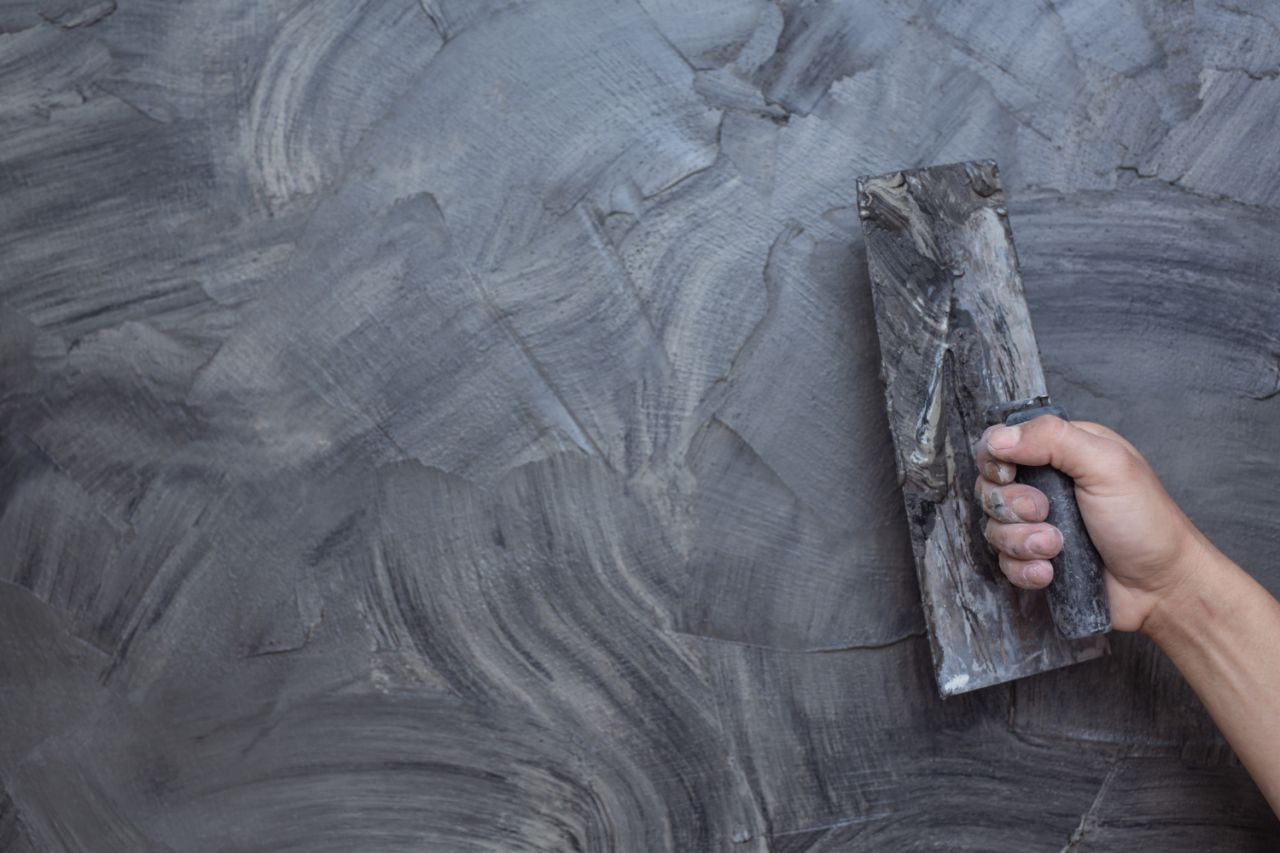
Content Summary
- Do you know what airless spray plastering is, or are you just curious?
- The efficiency, speed, and high-quality finish of this novel plastering technique have contributed to its rise in popularity in recent years.
- In recent years, airless spray plastering has risen in popularity as a modern method for laying plaster because of its speed, efficiency, and high-quality finish.
- Airless spray plastering applies dry plaster mix directly to the surface through a spray gun, as opposed to trowelling on wet plaster.
- Plaster can be applied more quickly and uniformly, and the resulting surface can be sanded and touched up less frequently thanks to this method.
- Plaster could now be applied as quickly and easily as paint thanks to the invention of airless spray plastering equipment in the 1950s.
- The use of airless spray plastering is on the rise nowadays, both among professionals and do-it-yourselfers.
- Finding a plastering firm that offers airless spray plastering may be a good starting point for your search.
- You should also enquire about references or examples of the company's prior airless spray plastering projects.
- Plastering with traditional methods and airless spray plastering differ primarily in how the material is applied.
- Airless spray plastering generates much less dust and debris than conventional methods of plastering.
- Yet, since airless spray plastering only requires one application and dries rapidly, it speeds up the process significantly.
- Time and money can be saved by using airless spray plastering instead of more conventional techniques of applying plaster.
- Increased efficiency and shorter turnaround times are both possible thanks to airless spray plastering.
- Plastering using airless spray equipment requires specialised tools that might be expensive to buy or rent.
- The aesthetic possibilities for a project may be constrained by the fact that airless spray plastering may not provide as many texture options as traditional plastering.
- Faster application, a smoother finish, less waste, and increased productivity are just some of the potential benefits of airless spray plastering.
- Plastering methods vary in their advantages and downsides, so it's vital to think about what the job requires before settling on one.
- Is airless spray plaster suitable for all types of walls and ceilings?
- While using an airless spray plaster product, it is crucial to adhere to the manufacturer's guidelines.
- Still, you should check with the spray gun's manufacturer to see if the material you plan to use is compatible with airless spray application.
- Furthermore, airless spray plastering may not be appropriate for some surfaces, including those with a high degree of roughness or those that are curved.
- Although most walls and ceilings are suitable for airless spray plastering, there are certain exceptions depending on the surface's condition and the substance being used, so it's best to check with the manufacturer and do what they say.
- Why don't some experts use airless spray plaster?
- Some professionals may avoid using airless spray plastering for several reasons.
- It's not cheap to buy or rent the specialist equipment needed for airless spray plastering.
- Before deciding on a plastering technique, it is crucial to think about the unique requirements of each project and to assess the benefits and drawbacks of each option.
- There are a number of reasons why traditional plastering is prefered to airless spray plastering.
- Although airless spray plastering can save time and effort, it may be overkill for less complex or smaller jobs due to the high cost of the necessary equipment and ingredients.
- The projects, budgets, and materials that can be accommodated by traditional plastering are more varied.
- Plastering with a trowel and a bucket of water may be prefered by some professionals over spraying with an air compressor.
- Like with any innovative method or tool in the building trade, airless spray plastering has been met with mixed reviews from experts.
- Several professionals have high appreciation for the speed, efficiency, and simplicity of airless spray plastering.
- Also, unlike conventional plastering, the finish produced by airless spray plastering is uniform and smooth.
- Some professionals might have doubts regarding the effectiveness of airless spray plastering, though.
- Professionals in the field need to be well-versed in both conventional plastering and airless spray plastering methods so that they may select the method that is most appropriate for each given job.
- The preferences of experts can differ, as can their levels of expertise and the specifics of the project at hand.
Frequently Asked Questions About Plaster
Applying plaster to surfaces like walls and ceilings with a spray gun is a modern construction technique known as airless spray plastering. It's more uniform and smooth than traditional plastering because it doesn't use air to atomise the plaster.
Surfaces like drywall, concrete, brick, and stucco are all suitable for airless spray plastering. However, it might not work well on surfaces with a lot of texture, curves, or holes.
Plaster thickness, ambient humidity, and temperature all play a role in how long it takes for airless spray plaster to dry. Drying time for plaster can range from a few hours to an entire day.
Factors like project scope, necessary supplies, and tools all affect how much money you can expect to spend on airless spray plastering. Due to its efficiency and speed, airless spray plastering can be more cost-effective than conventional methods of plastering in some situations, while in others, conventional methods may be more flexible and economical.
After airless spray plaster has dried, it can be painted or textured. To get the desired finish, paint or texture should be applied only after the plaster has fully cured and is free of dust and debris.
